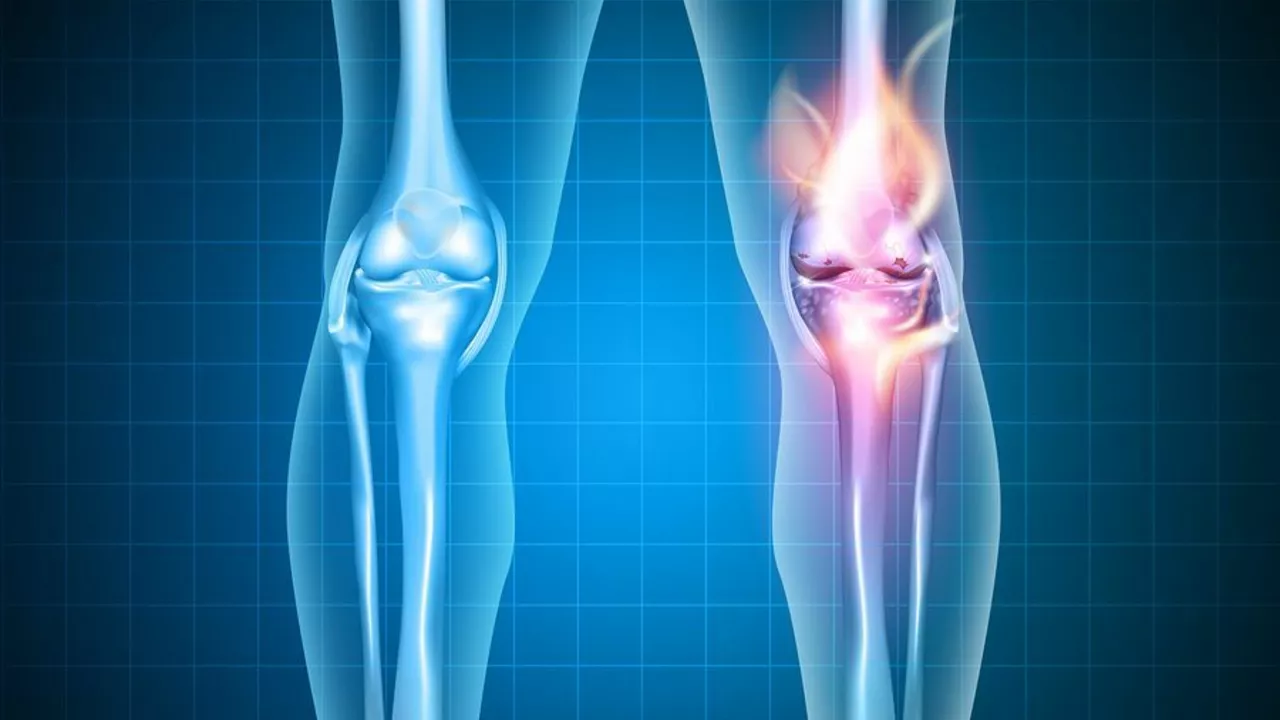Arthritis Surgery: What to Expect and How to Prepare
Facing surgery for arthritis can feel scary, but knowing the basics makes it a lot easier. This page breaks down common operations, who needs them, the short-term steps before and after surgery, and practical tips that actually help recovery.
First: surgery isn’t the first step for most people. Doctors usually try medicines, injections, weight loss, and physiotherapy first. Surgery becomes an option when pain, stiffness, or loss of function won’t respond to conservative care and everyday life suffers.
Common Surgery Types
Arthroscopy: a keyhole procedure used to trim damaged tissue or remove debris. Recovery is usually quick—weeks rather than months—and it helps when damage is limited.
Joint replacement (arthroplasty): used for badly worn hips, knees, or shoulders. Damaged joint surfaces are removed and replaced with metal, ceramic, or plastic parts. This is the most common major surgery for advanced arthritis and can greatly cut pain and improve walking or daily tasks.
Osteotomy and fusion: bone realignment (osteotomy) or fusing bones together are options for specific cases, like deformity or severe instability. These aim to reduce pain by changing how the joint bears weight.
Preparing for Surgery
Talk honestly with your surgeon about goals and risks. Ask how much pain relief and mobility you can realistically expect. Get clear instructions on which medicines to stop—especially blood thinners and some supplements.
Do a little prehab: simple strength and mobility exercises before surgery speed recovery after. Quit smoking if you can; it improves healing. Plan your home: a clear path, a chair at the right height, a shower bench, and easy-to-reach supplies make the first weeks far less stressful.
Pack a hospital bag: loose clothes, socks with grip, ID, a list of medications, and a phone charger. Arrange transport for leaving the hospital and help at home for at least a few days.
Pain control is important. Discuss options: local nerve blocks, oral meds, or PCA pumps. Good pain management helps you move earlier, and early movement lowers the risk of complications like blood clots.
What recovery looks like: small arthroscopies can heal in a few weeks. Joint replacements usually take 6–12 weeks for basic tasks, and up to 6 months for strength and full function. Physical therapy is not optional—stick with it.
Watch for warning signs: fever over 38°C (100.4°F), increasing redness or drainage at the wound, sudden calf pain or swelling, or new numbness. Call your care team if any of these show up.
Surgery for arthritis often brings big improvements in pain and life quality, but it takes preparation and work afterward. Use the recovery window to build healthy habits—gentle exercise, good sleep, and balanced meals will help your new joint last longer.
Want more practical tips or articles on specific medicines and rehab? Check SpringMeds for clear, simple guides you can use when planning surgery and recovery.

